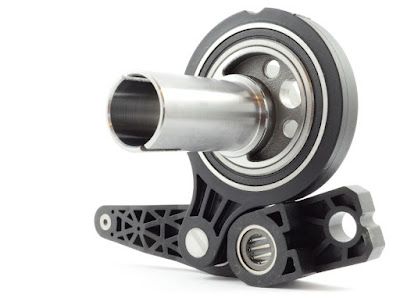Ball bearings and energy saving

In today's global economy, manufacturers and industries are constantly in search of ways to improve the efficiency and sustainability of their operations. One area that has seen significant advancements in energy-saving technology is the use of ball bearings in machinery and equipment. Ball bearings are mechanical devices that reduce friction between two moving parts, thus improving their performance and lifespan. As energy consumption continues to be a major concern for businesses and governments worldwide, finding ways to reduce waste and maximize efficiency has become paramount. Ball bearings play a crucial role in achieving these goals by reducing the power needed to operate machinery and equipment, ultimately leading to significant energy savings. Additionally, the use of high-quality, durable ball bearings can also lead to reduced maintenance and replacement costs over time. In this blog post, we will explore how ball bearings contribute to energy savings and the benefits t...





